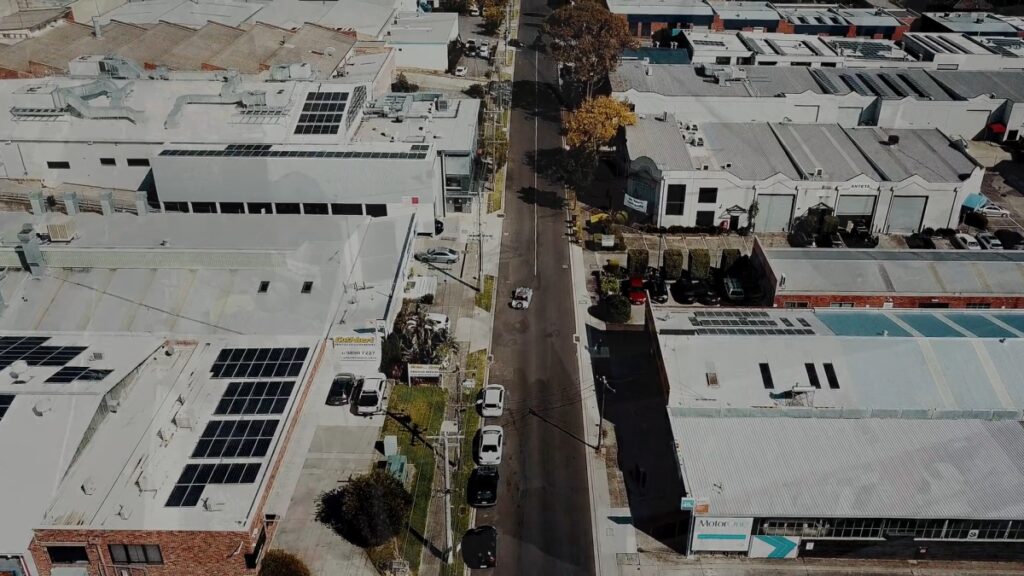I saw an Anglia Van now, I would stop – WOW, an Anglia Van. You don’t see those anymore.
My dad had Anglia Vans for meat delivery in his business, moving staff from one shop to another, and my sister and I used it one glorious summer when we borrowed surfboards and went from beach to beach at Mount Maunganui – we were so cool.
A mate of mine at secondary school had an Anglia Van with a V6. A Ford Capri V6 would fit in an Anglia Van, and it was a lethal weapon, and I was sure he would die in it.
Sometimes, you see or hear something and remember days gone by.
So, when a new client got a garnishee notice, we all went WOW – the same effect as seeing an Anglia Van, and like Pete O’B’s cream-coloured Anglia van, a lethal weapon is back. Only this time it’s the ATO.
A garnishee notice allows the ATO to garnish your bank account, or take the debt owed to you by a debtor, or the money from a sale of an asset, etc., to collect your business or personal tax debt.
In the Garnishee Notice, we have seen the ATO is asking for the full tax debt or 10% of available money, which amounts to other things that will be embarrassing – to say the least – as your bank gets the garnishee notice because they are handing over your money.
The ATO has stated that the collectable tax debt rose from $26.5 billion in June 2019 to $50.2 billion in June 2023; 90% is small business debt.
While the ATO has been slow in coming in hard on tax debt, they can and will use any tactics to collect tax debt, including Garnishee Notices, DPNs, Court writs, reporting to credit reporting agencies, among others.
The ATO is dusting down and getting their fleet of Anglia Vans out (with metaphorically an old V6 bolted in), and what was uncommon, will for businesses be common.
Tax debt? Talk with your client coordinator or accountant – and get a plan before the ATO reaches your bank account and takes control.
Summary
What happens when the ATO garnishes your bank account
When the Australian Taxation Office (ATO) garnishes your bank account, they have taken steps to collect unpaid taxes or other debts directly from your bank account.
Notification: Before garnishing your bank account, the ATO usually sends you a notice informing you of their intention to take this action. This notice will outline the amount owed, the reasons for the debt, and the steps you can take to address the issue.
Garnishment Order: If you fail to address the debt or come to an agreement with the ATO, they may obtain a garnishment order. This order allows them to instruct your bank to deduct a specified amount from your account to cover the outstanding debt.
Bank Notification: Once the ATO has obtained a garnishment order, they will notify your bank of the decision. Your bank, in turn, must comply with the order and withhold the specified amount.
Withdrawal of Funds: The bank will withdraw the specified amount from your account and send it to the ATO to satisfy the debt.
Remaining Balance: If the garnished amount is insufficient to cover the entire debt, the ATO may continue to pursue other collection methods to recover the remaining balance.
Just a reminder again –
Tax debt? Talk with your client coordinator or accountant – and get a plan before the ATO reaches your bank account and takes control.




